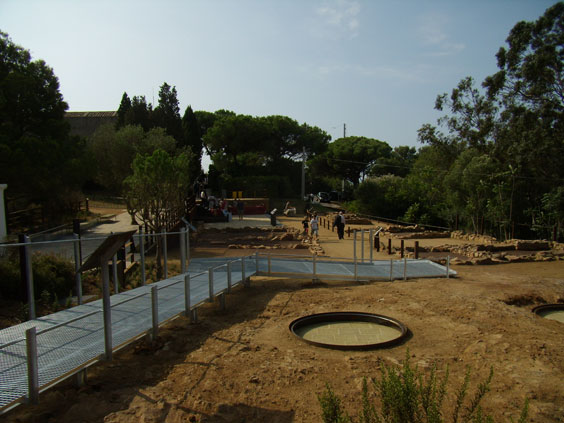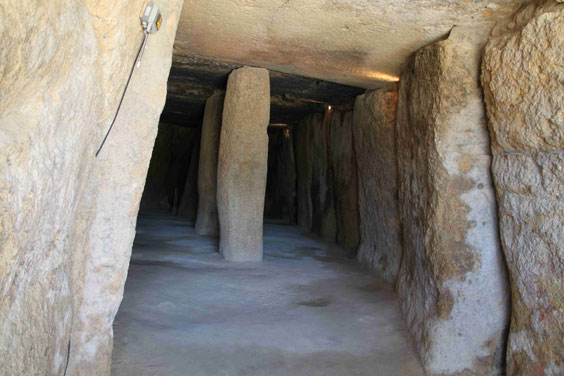
The Museumisation and/or Adaptation of Archaeological Sites in Europe
Description
Adapting archaeological sites is a procedure that has been applied to archaeological heritage for a long time yet has increased considerably in recent years. This increase has very different causes, which not surprisingly include some associated with tourism. These, however, are not the only causes as in other cases adaptation is very much the result of the site’s use as a public space. Such causes have conditioned adaptation models and types: arrangement of spaces, routes, gathering and reception points, and the roofing of certain areas, etc. Taking this situation as a starting point, the project shares different proposals executed with a view to categorising and analysing their causes and consequences.
Objectives
To identify the reasons behind the arrangement of archaeological sites.
To identify the technical criteria of arrangement of archaeological areas.
To categorise variants in the arrangement of areas.
To associate adaptations of archaeological sites with their use and their results.

Methodology and work plan
The initial part of the work consists in identifying the archaeological sites in Europe that have been museumised and link them to different moments in the history of conservation and restoration of archaeological areas.
Once identified, the subsequent phase of the work plan consists in individualised documentation of each with special emphasis on criteria for site arrangement.
The third step is an interrelation of this adaptation and the resulting use and comparison with the initial objectives.





Institut Català de Recerca en
Patrimoni Cultural ICRPC
observatoridepublics@icrpc.cat
Tel. 972 486 158



- Sitemap
- |
- Legal Notice
- |
- Cookies usage
- |
- Privacy policy
- |
- Contact
- |









